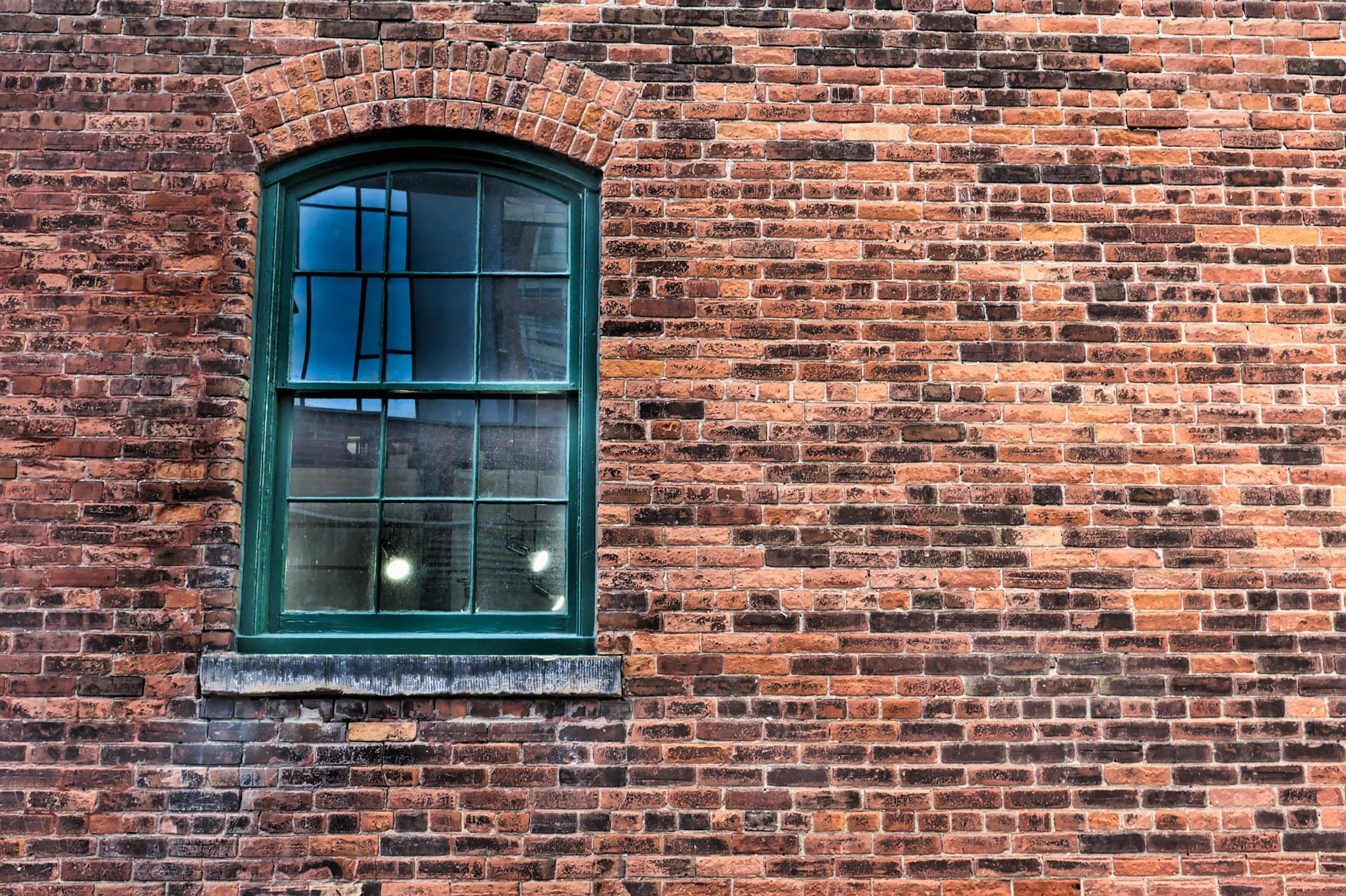Tuckpointing 101: Essential Answers to Your Top Questions

Tuckpointing—every homeowner with a brick structure has likely heard this term, but many are unfamiliar with its purpose, process, and benefits. This essential masonry maintenance practice ensures the longevity and stability of your brick structures. Don’t let unanswered questions deter you from undertaking this crucial repair process; the experts at Detroit Brick Co. are here to help.
In this article, we will address the frequently asked questions about tuckpointing, providing valuable insights into what it entails, when it’s necessary, and why it’s crucial for your home’s aesthetics and structural integrity. By understanding the importance of tuckpointing, you can maintain your property’s brickwork and ensure a safe, durable, and attractive foundation for years to come. Trust Detroit Brick Co. for expert guidance and uncompromising quality in tuckpointing services.
What Is Tuckpointing?
Tuckpointing, also known as repointing, is a masonry technique that involves the repair of mortar joints in brick or stone structures. The process typically involves removing old, deteriorated mortar from the joints to a certain depth and then filling it with fresh mortar. Tuckpointing helps to maintain the structural integrity, safety, and visual appeal of your brickwork.
Why Is Tuckpointing Necessary?
Over time, the mortar joints in a brick structure can become weakened due to factors such as moisture exposure, freeze-thaw cycles, and natural wear and tear. Damaged mortar can compromise the integrity and stability of a structure, cause water penetration, and contribute to additional deterioration of brickwork. Tuckpointing serves three primary functions:
1. Structural Integrity
By removing deteriorated mortar and replacing it with fresh mortar, tuckpointing helps to maintain the stability and durability of a brick or stone structure. This ensures that your walls, chimneys, and other masonry elements remain strong and in good condition, reducing the risk of collapse or significant damage over time.
2. Water Protection
Damaged mortar joints can allow water to penetrate a structure, causing potential damage to interior spaces and materials. Tuckpointing seals the joints, preventing water infiltration and protecting against subsequent damage to the masonry, foundation, and interior spaces.
3. Aesthetics
Visually unappealing mortar joints can detract from the overall appearance of your home. Tuckpointing revitalizes the brickwork, resulting in a cleaner, more seamless look. Replacing cracked or crumbling mortar significantly improves the overall aesthetics of your home, boosting curb appeal and potentially increasing property value.
When Is the Best Time to Perform Tuckpointing?
Several factors can help determine the optimal time for tuckpointing:
1. Visual Inspection
A visual inspection of your brick structures can help identify when tuckpointing is needed. Common signs include deteriorated or cracked mortar, loose bricks, and water infiltration inside the building near the brickwork. If you notice any of these problems, it is likely time to consider tuckpointing before further damage occurs.
2. Age of the Structure
The age of your brick structure can provide a rough estimate of when tuckpointing may be necessary. On average, mortar joints have a lifespan of 25-30 years before they require tuckpointing, although this can vary depending on factors such as the quality of the original mortar and environmental conditions.
3. Weather Conditions
Performing tuckpointing during optimal weather conditions is crucial for ensuring a successful project. In general, the best time for tuckpointing is during mild, dry weather with temperatures between 40-90°F. Excessively hot, cold, or wet conditions can interfere with the curing process and negatively impact the quality of the finished work.
What Is the Tuckpointing Process?
Tuckpointing consists of several steps that experienced professionals should perform to ensure optimal results:
1. Mortar Removal
The first step involves removing deteriorated mortar from the joints, usually to a depth of at least 3/4 inches. This can be done using specialized tools such as a grinder or chisel, taking care to avoid damage to the surrounding bricks.
2. Surface Preparation
Once the deteriorated mortar is removed, the joints must be thoroughly cleaned to remove any dust, debris, or loose material. This ensures proper adhesion of the new mortar to the existing brick surfaces.
3. Mortar Selection and Preparation
The new mortar should closely match the original mortar in color, consistency, and composition to ensure a cohesive appearance and prevent potential damage from variations in material properties (e.g., compression strength and vapor permeability). The mortar should be mixed according to the manufacturer’s recommendations and kept at a workable consistency throughout the tuckpointing process.
4. Filling the Joints
The new mortar is applied to the joints using a specialized tool called a pointing trowel. The mortar should be packed tightly into the joints to ensure strong, lasting adhesion.
5. Tooling and Finishing
After filling the joints, the new mortar should be properly tooled and finished to match the appearance of the original joints and ensure a seamless, professional appearance. The tooling process also helps to compact the mortar, creating a water-resistant surface.
6. Curing
Finally, the new mortar should be allowed to cure or harden under appropriate conditions. Proper curing is crucial to ensure the long-term durability and success of a tuckpointing project.
By understanding the importance of tuckpointing and recognizing the signs that your brick structure requires attention, you can protect and maintain your property’s integrity, aesthetics, and value.
Preserve Your Home’s Integrity with Expert Tuckpointing Services
Tuckpointing is a vital maintenance practice for brick and stone structures that ensures structural integrity, preserves aesthetic appeal, and protects against water infiltration. By carefully monitoring the condition of your brickwork and addressing issues promptly, homeowners can avoid costly repairs and maintain the value of their property.
If you’re looking for reliable brick tuckpointing services, Detroit Brick Co. has got you covered. Our team of skilled masons will assess your home’s masonry needs and perform expert repairs that seamlessly blend with your existing brickwork, ensuring lasting results that you can trust. Don’t wait for mortar damage to threaten your home’s stability and beauty – schedule a consultation with Detroit Brick Co. today and learn more about our comprehensive brick tuckpointing services. Let us help you protect your investment and maintain your home’s impeccable appearance.





